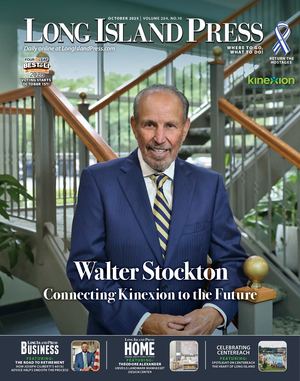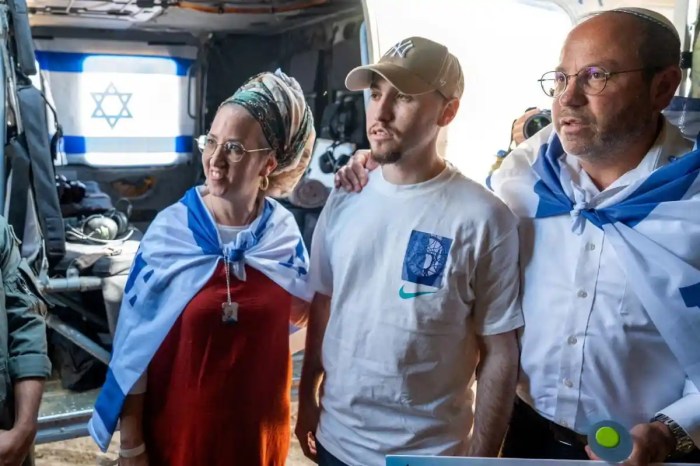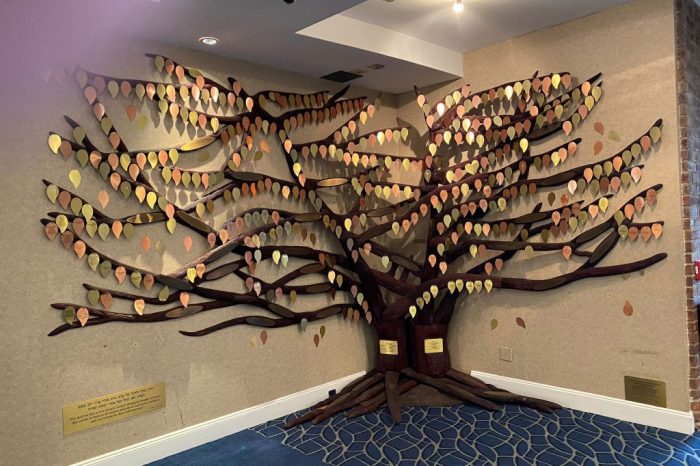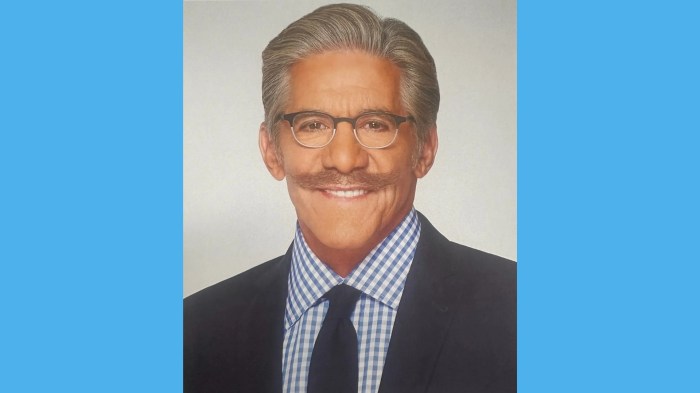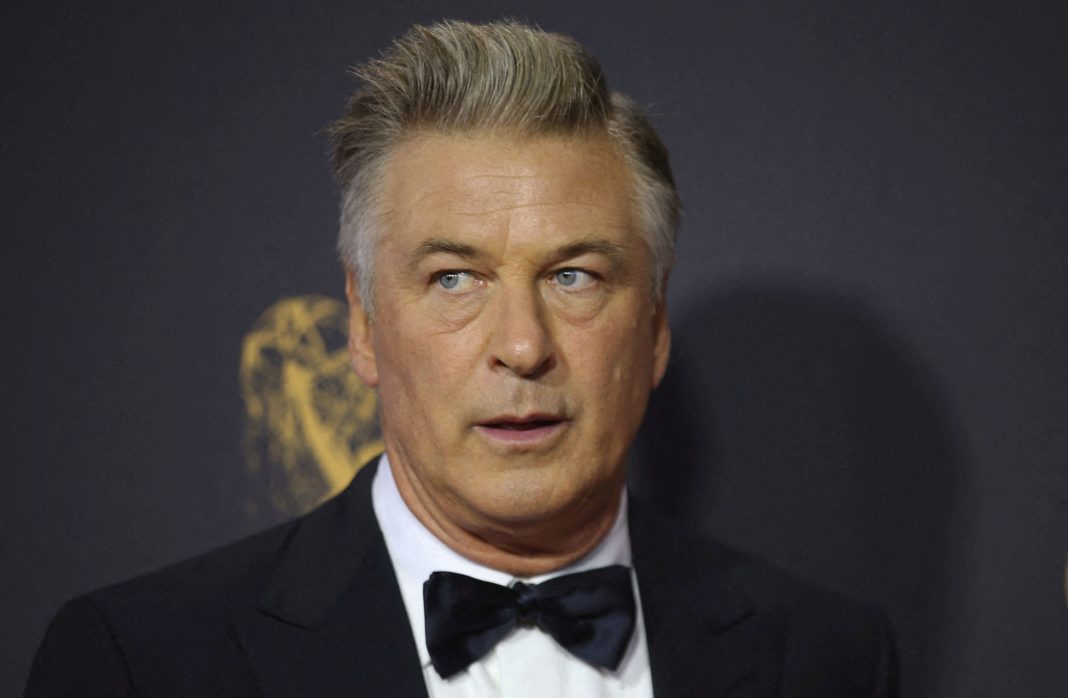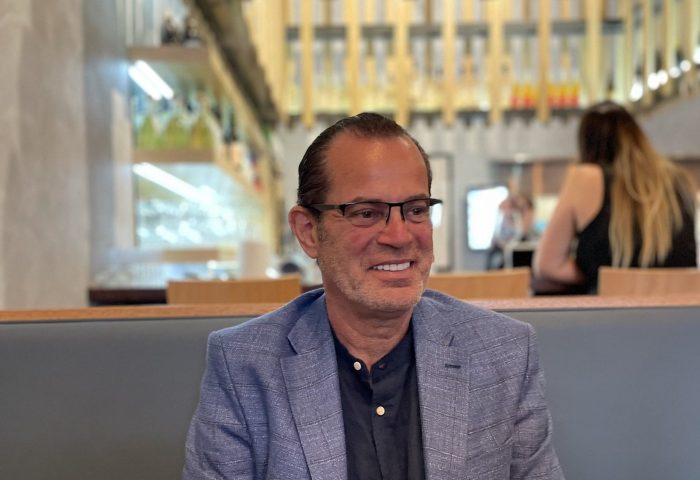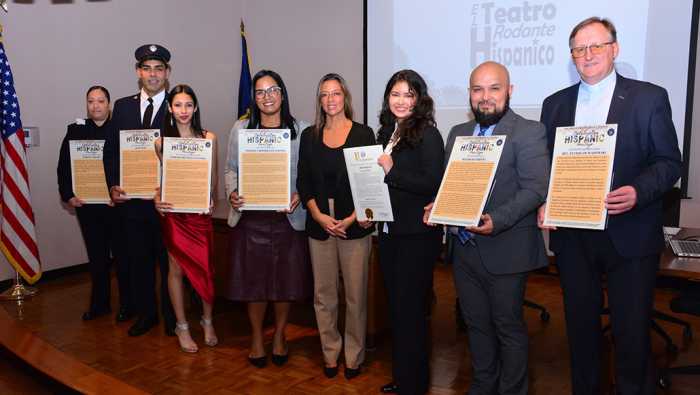
To better understand man’s greatest achievement, try looking at it without your 2019 eyes. In July of 1969, we were just a few years removed from sending men up into space and returning them safely. Being on the verge of sending human beings to the moon’s surface was almost ludicrous. These astronauts were leaving Earth with no guarantee of returning. Talk about having the “right stuff.” These men might have been slightly insane.
Not to dismiss the accomplishments of Columbus and Magellan over 500 years ago, but man was navigating the seas from the beginning of time. And if you recall, people were already living in North America when Columbus knocked on the door. The achievement was certainly heroic in 1492 but chances are, sooner or later, someone would have run into it.
Getting to the moon required technologies previously unknown to man, along with a lot of preparation and practice. To put things in perspective, your cell phone is a more powerful computer than the one used on the Apollo 11 spacecraft.
There were three other Apollo missions completed in the six months before the moon landing. Apollo 8 was the first manned spacecraft to reach the moon’s orbit in December of 1968, circling within just a few nautical miles of the moon’s surface. Apollo 9’s mission in March of 1969 was to practice docking the command module with the Lunar Excursion Module (the LEM was built right here in Bethpage). That set up Apollo 10, less than two months later, to strap on the LEM and take it all the way to the moon and back in a real “dress rehearsal” for the lunar landing mission of Apollo 11 in July.
Apollo 11 launched on a Wednesday, and for the next 72 hours, three astronauts traveled over 240,000 miles inside the command module, nicknamed “Columbia,” which was the size of a Buick. Think about that the next time you take the family down to the Jersey Shore.
On Sunday afternoon, July 20, astronauts Buzz Aldrin and Neil Armstrong made their way into the LEM, nicknamed the “Eagle,” leaving Michael Collins to pilot “Columbia.” Once separated, the “Eagle” began its free-fall, orbiting the moon twice before beginning its descent onto the lunar surface.
Although every television network was covering the historical event, there was no actual video during the descent, only scratchy audio, which sounded like someone trying to tune an AM radio. You could hear Aldrin and Armstrong communicating with NASA as the spacecraft closed in on the lunar surface in what was the most intense two minutes in human history. With the entire world holding its collective breath, Aldrin announced, “engines off.” As Armstrong confirmed, “Houston, Tranquility Base here, the Eagle has landed.”
At 4:18 p.m. EST, the world cheered in unison. Human beings were on the surface of the moon.
The astronauts spent over six hours inside the “Eagle” before Armstrong emerged at 10:49 p.m. Slowly descending the nine steps to the surface, we watched a ghostly, black and white image of Armstrong that was coming from, unfathomably, the surface of the moon. He paused to uncover the plaque on the module’s leg with the inscription “Here men from the planet Earth first set foot upon the moon, July 1969 A.D. We came in peace for all mankind.”
With more than 600 million people watching across the globe and more than a billion listening, Armstrong stepped onto the surface of the moon, declaring, “That’s one small step for man, one giant leap for mankind.” Joined a few minutes later by Aldrin, they spent a little over two hours working while kicking up the moon’s dust.
That night, like most people who witnessed the event, I looked at the moon differently. I knew I couldn’t see the astronauts on the surface, but I knew they were there. For the first time in human history, when you looked up at the moon, two men were looking back at you.
Paul DiSclafani, a Massapequa resident, is a 2018 Press Club of Long Island award winning columnist and an Anton Media Group contributor since 2016.
